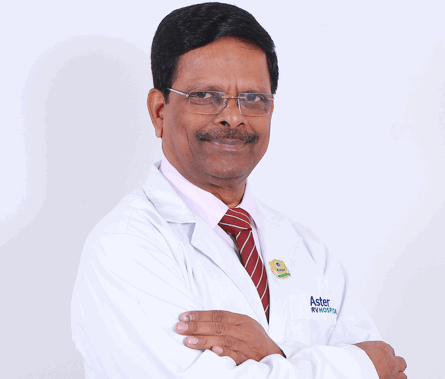Stroke, also known as a brain attack or paralysis, is a debilitating neurological disorder affecting over 20 million people worldwide and resulting in nearly 5 million deaths annually. It occurs when blood flow to the brain is disrupted, either due to a blockage in the blood vessels (ischemic stroke, accounting for approximately 80% of cases) or due to rupture or leakage of blood vessels within the brain (hemorrhagic stroke). The incidence of stroke is rising, particularly in developing countries, attributed to increasing rates of diabetes, hypertension, brain infections, and road traffic accidents. Stroke has now become the third leading cause of death globally. The severity of stroke symptoms varies greatly depending on the affected brain region, ranging from mild numbness to coma and even death. While significant advancements in stroke management and rehabilitation have been achieved in recent decades, leading to improved treatment and prevention strategies, timely medical intervention within the crucial “Golden Hour” remains essential for maximizing patient outcomes.
The “Golden Hour” refers to the initial 4.5-hour window after the onset of stroke symptoms during which the administration of clot-busting medication (thrombolysis) can effectively dissolve blood clots and restore blood flow to the brain. For eligible patients, this rapid intervention can significantly reduce the risk of long-term disability and improve the chances of survival. In some cases, mechanical thrombectomy, a procedure to physically remove the clot, can be performed within a 12-18 hour window. Unfortunately, stroke often strikes suddenly and can be painless, leading to delayed recognition of symptoms by patients and their families. Raising public awareness of stroke symptoms and the critical importance of seeking immediate medical attention within the Golden Hour is paramount. Beyond this crucial timeframe, the risk of irreversible brain damage increases substantially. It is important to note that clot-busting medications are not suitable for hemorrhagic stroke patients, who require different treatment approaches.
Recognizing the common symptoms of stroke is crucial for prompt action. These symptoms can include sudden and severe headache, speech difficulties, confusion, vision loss, loss of balance, changes in consciousness, and weakness or numbness on one side of the body. Experiencing any of these symptoms requires immediate medical evaluation to determine if a stroke is occurring.
Several modifiable and non-modifiable risk factors contribute to the likelihood of experiencing a stroke. Modifiable risk factors, which can be controlled or managed, include hypertension (high blood pressure), heart disease, diabetes, obesity, high cholesterol, smoking, and excessive alcohol consumption. Managing these risk factors, particularly hypertension, can significantly reduce the risk of stroke. Even a small reduction in blood pressure can have a substantial impact on stroke incidence. Non-modifiable risk factors include genetic predisposition, age, and gender. While both men and women can experience stroke, women are slightly more susceptible due to hormonal factors. The risk of stroke increases with age, typically affecting individuals over 55-60 years old. However, due to changing lifestyle habits, approximately 25% of strokes now occur in individuals under 40.
Effective stroke prevention hinges on managing modifiable risk factors. Healthcare professionals, NGOs, media outlets, and government bodies all play a critical role in raising public awareness about these risk factors and promoting healthy lifestyles. Through concerted efforts, stroke incidence can be reduced by an estimated 75-80%.
Given the growing prevalence of stroke, enhancing healthcare infrastructure is essential. This includes establishing well-equipped hospitals with dedicated stroke care units and separate rehabilitation centers staffed by specialized professionals. Long-term stroke recovery often requires ongoing medication, specialized rehabilitation services, and access to advanced medical facilities. These resources are often concentrated in major healthcare centers, highlighting the need for improved access to comprehensive stroke care services.
The comprehensive management of stroke encompasses various stages, from prevention and acute treatment to long-term rehabilitation. Public awareness campaigns are vital for educating individuals about stroke risk factors and encouraging proactive lifestyle changes. Rapid access to specialized medical care within the “Golden Hour” is critical for minimizing brain damage and improving patient outcomes. Investing in advanced medical facilities and dedicated stroke units equipped to administer timely and appropriate treatment is essential. Finally, long-term rehabilitation programs play a crucial role in helping stroke survivors regain lost function and improve their quality of life.


